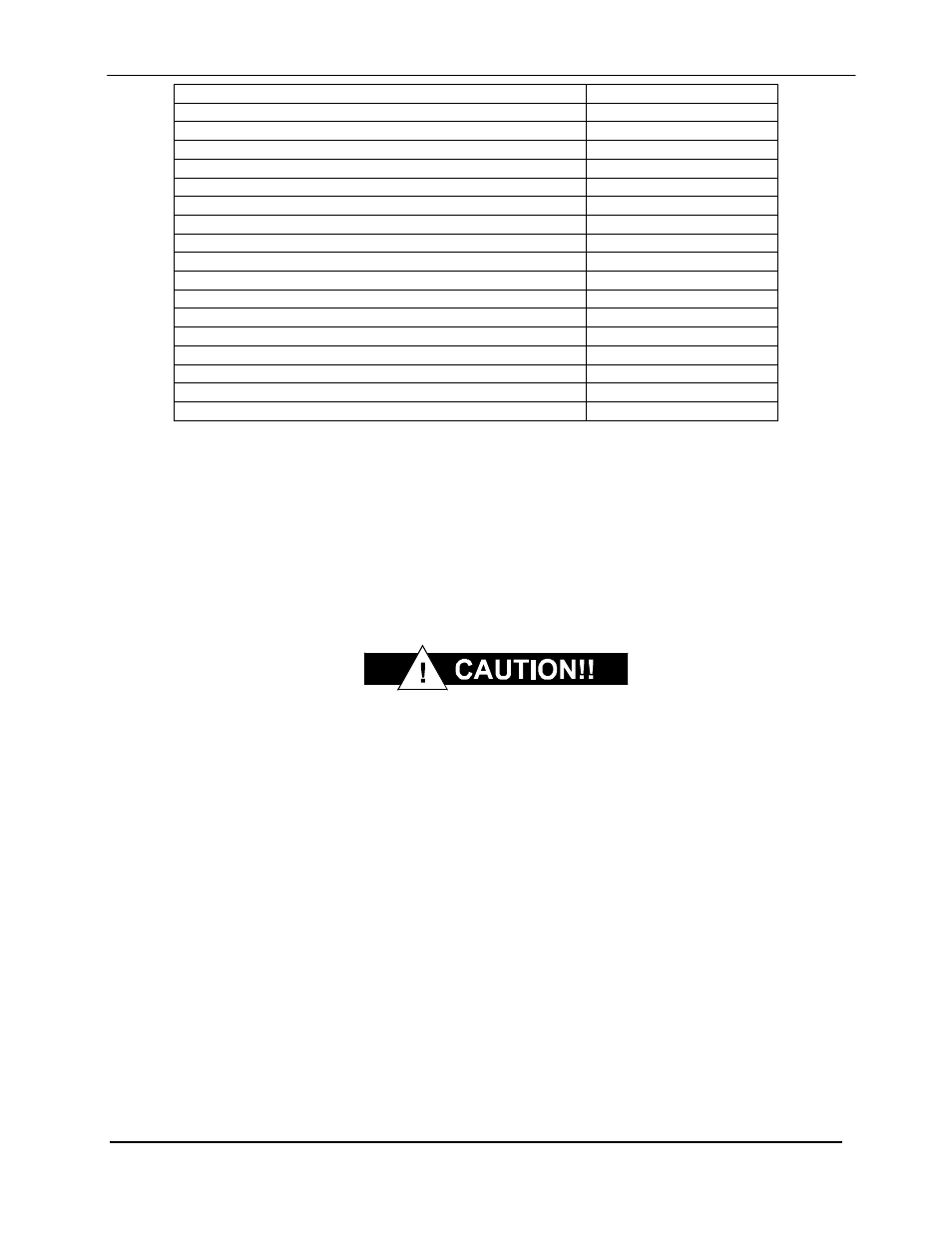6 software compatibility – Comtech EF Data MD2401 User Manual
Page 47

MD2401 L-Band Multi Demod Installation and Operation Manual
User Interfaces
MN-MD2401
4–15
Revision 7
DMD-3000/4000, 4500 or 5000 Demod Section, DMD15
02
RCU-340 1:1 Switch
03
RCS-780 1:N Switch
04
RMUX-340 Cross-Connect Multiplexer
05
CDS-780 Clock Distribution System
06
SOM-340 Second Order Multiplexer
07
DMD-4500/5000 Modulator Section
08
DMD-4500/5000 Demodulator Section
09
RCU-5000 M:N Switch
10
DMD15 Modulator
20
DMD15 Demodulator
21
DMD15 Modem
22
DVB3000/DVB3030/DM45/DM240 Video Modulator
23
RCS20 M:N Switch
24
RCS10 M:N Switch
25
RCS11 1:1 Switch
26
DD2401/DD2401L Demodulator
27
Reserved For Future Equipment Types
28-31
Note that multi-drop override IDs 01 or 02 can be used interchangeably to broadcast a message
to a DMD3000/4000 modem, or to a DMD4500/5000, or to a DMD15 modem. Comtech EF Data
recommends that the multi-drop override IDs be issued only during system configuration as a bus
test tool by experienced programmers, and that they not be included in run-time software. It is
also advantageous to consider the use of multiple bus systems where warranted by a moderate
to large equipment complement. Therefore, if a DD2401/DD2401L is queried for its equipment
type identifier, it will return a “27”.
4.5.6 Software Compatibility
The DD2401/DD2401L RLLP is not software-compatible with the following previous
Radyne products: RCU5000 and DMD4500. These products may not occupy the
same bus while using this protocol as equipment malfunction and loss of data may
occur.
When Radyne equipment is queried for information (Query Mod, Query Demod, etc.) it responds
by sending back two blocks of data; a non-volatile section (parameters that can be modified by
the user) and a volatile section (status information). It also returns a count value that indicates
how large the non-volatile section is. This count is used by M&C developers to index into the start
of the volatile section.
When new features are added to Radyne equipment, the control parameters are appended to the
end of the non-volatile section, and status of the features, if any, are added at the end of the
volatile section. If a remote M&C queries two pieces of Radyne equipment with different software
revisions, they might respond with two different sized packets. The remote M&C MUST make use
of the non-volatile count value to index to the start of the volatile section. If the remote M&C is not
aware of the newly added features to the Radyne product, it should disregard the parameters at
the end of the non-volatile section and index to the start of the volatile section.
If packets are handled in this fashion, there will also be backward-compatibility between Radyne
equipment and M&C systems. Remote M&C systems need not be modified every time a feature
is added unless the user needs access to that feature.
